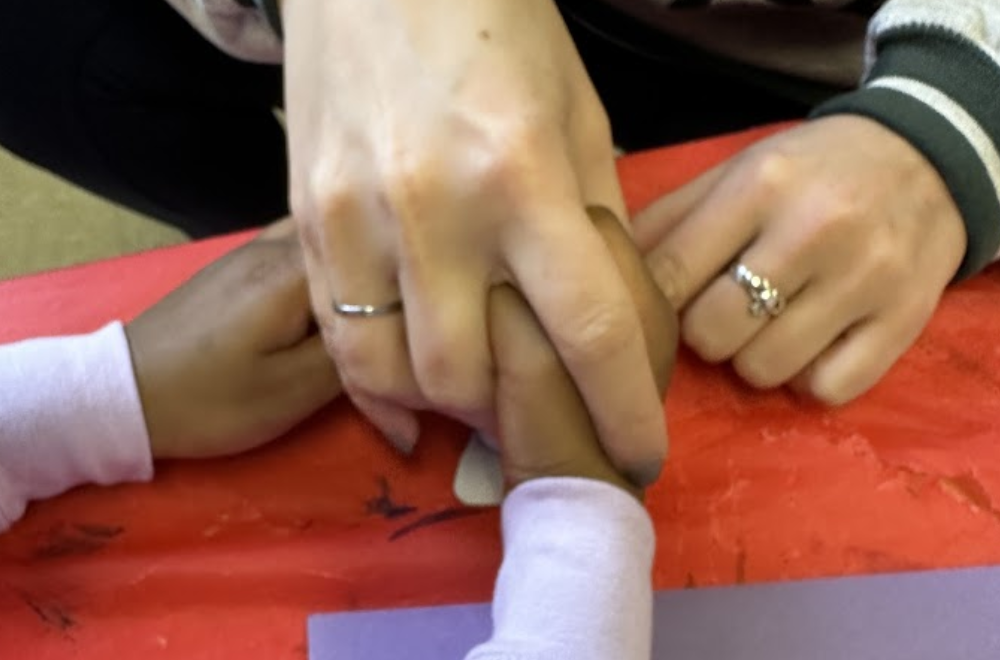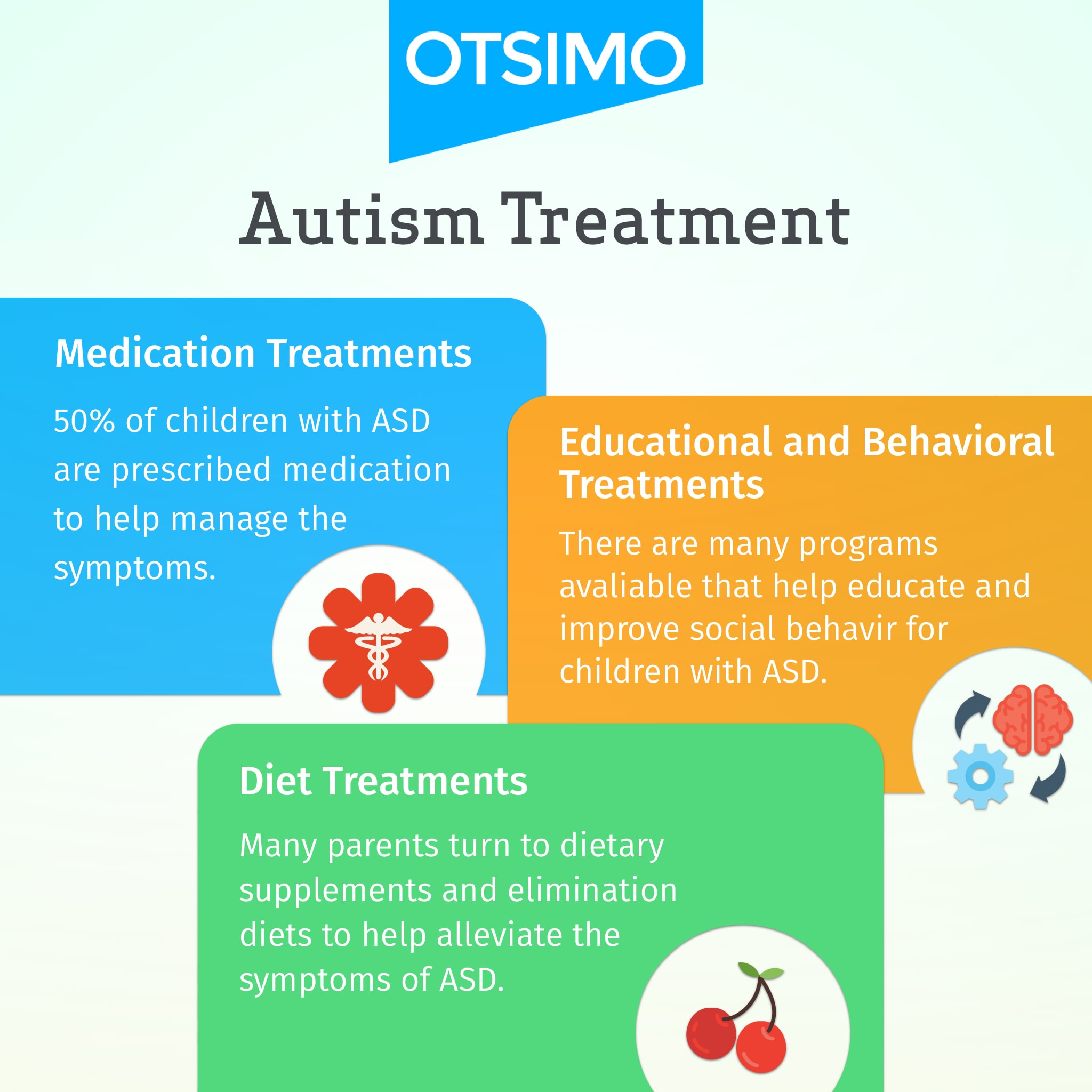Checking Out Effective Approaches for Supporting People With Behavioral Autism
Sustaining people with behavioral autism needs a nuanced understanding of their one-of-a-kind needs. What particular methods can you implement to ensure these people grow?
Understanding Behavioral Autism: Secret Characteristics and Difficulties
When you begin to recognize behavior autism, you'll see a number of vital attributes and obstacles that define the experience for people. Several people with behavior autism often deal with interaction, making it tough for them to share their demands or emotions properly. You may observe repeated actions, such as hand-flapping or shaking, which function as coping mechanisms for taking care of stress and anxiety or sensory overload. Social communications may be testing; individuals may locate it difficult to review social cues, leading to misunderstandings in connections.
It's essential to acknowledge that each individual is special, and their experiences may differ. Understanding these features allows you to approach assistance with compassion, promoting a positive link that can enhance their well-being and urge development.
The Relevance of Personalized Interventions
When it comes to sustaining people with behavioral autism, individualized treatments are vital. By developing tailored treatment plans that focus on private toughness, you can greatly improve their advancement. Working together with assistance teams guarantees every person is lined up in providing the very best care feasible.
Customized Intervention Strategies
Creating customized intervention plans is vital for properly supporting people with behavioral autism, as each individual's toughness, difficulties, and needs differ considerably. Start by gathering thorough information about the individual, including their choices, activates, and previous experiences. This adaptability not only cultivates involvement but additionally promotes a feeling of ownership and empowerment for the person.
Private Strengths Assessment
An individual toughness analysis is necessary for establishing personalized interventions for people with behavioral autism. By concentrating on each individual's one-of-a-kind capabilities, you can develop techniques that resonate with their rate of interests and abilities. This technique not only improves engagement but also enhances positive self-image.
When you identify staminas, like remarkable memory or artistic talent, you can customize treatments that take advantage of these locations. This not just makes finding out extra effective however additionally fosters a sense of achievement. Remember, every individual has unique capacities; identifying them empowers you to craft meaningful experiences.
Integrating these toughness into day-to-day regimens and therapeutic practices can cause enhanced results. Eventually, prioritizing staminas guarantees that treatments are not simply effective but additionally enhancing for the person.
Collaborative Assistance Groups
Recognizing individual toughness sets the stage for developing collaborative assistance groups that concentrate on individualized interventions. By uniting specialists, member of the family, and the people themselves, you produce an encouraging network that tailors approaches to fulfill particular requirements. Each staff member adds distinct insights, guaranteeing a detailed strategy that resolves behavior obstacles effectively.
This adaptability is essential, as it helps everybody engaged keep aligned with the individual's objectives and preferences. Additionally, engaging in this team-based strategy empowers individuals with autism, promoting their self-advocacy and self-confidence.
Evidence-Based Communication Techniques

When collaborating with individuals on the autism range, using evidence-based interaction methods can considerably enhance their capacity to connect and share themselves. Using aesthetic supports, like image schedules or communication boards, assists clarify assumptions and cultivates self-reliance. Streamlining language and utilizing concrete terms enables for far better understanding, decreasing frustration.
Integrating social tales can prepare people for various situations, teaching them ideal responses and behaviors. Urging the usage of assistive innovation, such as speech-generating devices, empowers individuals to communicate better. In addition, employing predictable settings and regular regimens can give a complacency, making communication much more efficient.
Bear in mind to be patient and provide time to refine your words. Participating in active listening, where you mirror their feelings and ideas, can strengthen your link. By implementing these techniques, you'll produce an extra helpful communication atmosphere for people with autism.
Producing Helpful Settings
Creating helpful settings for people with behavioral autism begins with carrying out organized regimens that offer predictability and protection. You'll likewise intend to develop sensory-friendly rooms that accommodate private needs, decreasing frustrating stimuli. Additionally, using favorable support techniques can urge wanted habits and foster a sense of accomplishment.
Structured Regular Execution
Developing an organized regimen can significantly enhance the atmosphere for people with behavior autism. By creating a constant schedule, you give predictability, which can lower anxiety and confusion. Beginning by breaking the day right into workable segments, including tasks like dishes, playtime, and silent time. Usage visual schedules or timers to right here help them recognize what follows. Ensure to consist of possibilities for breaks, as these can help them collect yourself and refocus. It is essential to be flexible; while regimens are advantageous, adjusting to changes in state of mind or circumstances is important. Urge engagement in developing the regular, so they feel a sense of ownership and control. A well-structured setting cultivates freedom and self-confidence, sustaining their total development.
Sensory-Friendly Spaces Layout

Favorable Support Strategies
When you include favorable support methods into your approach, you can significantly enhance the knowing and behavioral results for individuals with autism. This involves rewarding and identifying wanted actions, which urges repeating of those habits. Begin by identifying what motivates the individual-- be it commend, symbols, or special tasks. Enhance positive actions immediately to develop a clear link in between habits and incentive. Consistency is vital; warranty that everybody associated with their care uses the very same reinforcement strategies. You can additionally progressively enhance the complexity of jobs as individuals become a lot more comfortable, enhancing their progression. By creating an atmosphere where positive actions are acknowledged, you cultivate self-confidence and a sense of success, eventually sustaining their advancement and well-being.
Joint Methods: Functioning With Family Members and Professionals

Including household participants in decision-making encourages them and enhances their ability to support their liked ones. Experts, including specialists and educators, can provide valuable resources and training that further assist families.
You should additionally value each event's viewpoint, identifying that households understand their kid best while professionals bring specialized knowledge. By crafting customized strategies together, you create a customized strategy that attends to special requirements. Aba Therapist Near Me. Inevitably, this partnership not only profits the specific with autism however also reinforces the support network surrounding them, making it extra efficient and cohesive
Integrating Social Abilities Educating
Building on the solid partnerships created between families and specialists, integrating social skills training can greatly improve the support given to people with behavior autism. This training assists you teach essential communication skills, such as launching conversations, recognizing non-verbal cues, and reacting appropriately in social situations.
By making use more helpful hints of structured activities, role-playing, and real-life circumstances, you develop opportunities for technique in a safe setting. Encourage people to get involved in group settings where they can involve with peers, fostering friendships and boosting their comfort in social contexts.
It's crucial to customize the training to every individual's unique staminas and obstacles, guaranteeing they feel positive and qualified. Consistently incorporating comments from both experts and households can improve these strategies, making social skills educating extra effective. Eventually, you're equipping people with the devices they require to browse social interactions successfully and develop purposeful relationships.
Keeping Track Of Development and Adjusting Approaches
As you carry out social abilities training, it's vital to keep an eye on development and change strategies accordingly. Maintain track of habits, noting setbacks and renovations.
Involve the individual in representation, asking just how they feel about their progression and what obstacles they encounter. This responses is vital for tailoring your approach. Do not be reluctant to change them. if specific strategies aren't generating results.
Include a range of techniques to maintain the training dynamic and interesting. Collaborate with various other caregivers or specialists for fresh point of views and understandings. Keep in mind, adaptability is crucial; what works today may not work tomorrow. By remaining responsive and conscientious, you create a setting that promotes growth and advancement. Always celebrate success, regardless of just how small, to motivate continued effort and excitement.
Often Asked Inquiries
What Are the Common Misconceptions About Behavioral Autism?
You may assume behavioral autism only impacts interaction, but it encompasses a lot extra. Many believe all people with autism act the very same, neglecting their unique characteristics and capacities. It's vital to comprehend each individual's distinctions.
How Can Technology Assist in Supporting Individuals With Behavior Autism?
Innovation can boost interaction, providing tools like apps for social skills and habits tracking. You can use online truth for immersive experiences, and wearable devices can keep track of emotional states, assisting you support individuals efficiently.
What Function Do Sensory Processing Issues Play in Behavioral Autism?
Sensory processing issues can considerably affect habits. You may discover that overwhelming sensory input leads to anxiety or meltdowns. Recognizing these obstacles aids you produce a much more helpful environment for individuals experiencing sensory overload.
Are There Particular Dietary Recommendations for People With Behavior Autism?
Yes, particular dietary recommendations can aid. You may think about a gluten-free or casein-free diet, which some find beneficial (Aba Therapist Near Me). Constantly seek advice from a health care professional prior to making considerable changes to assure it's ideal for you or your loved ones
How Can Peers Be Enlightened to Support People With Behavior Autism?
To enlighten peers, you can organize workshops, produce useful products, and encourage seminars. Involving activities, like role-playing circumstances, help them comprehend obstacles faced by individuals, fostering compassion and reliable support within the neighborhood.
Checking Out Effective Methods for Sustaining People With Behavioral Autism.
Developing customized intervention strategies is necessary for effectively supporting people with behavior autism, as each individual's requirements, challenges, and toughness differ about his significantly.A specific toughness assessment is vital for creating customized interventions for individuals with behavior autism.To sustain people with behavior autism, designing sensory-friendly spaces is vital, as it can substantially boost their convenience and emphasis.Joint approaches are vital for sustaining people with behavior autism, as they cultivate a strong partnership in between experts and households.